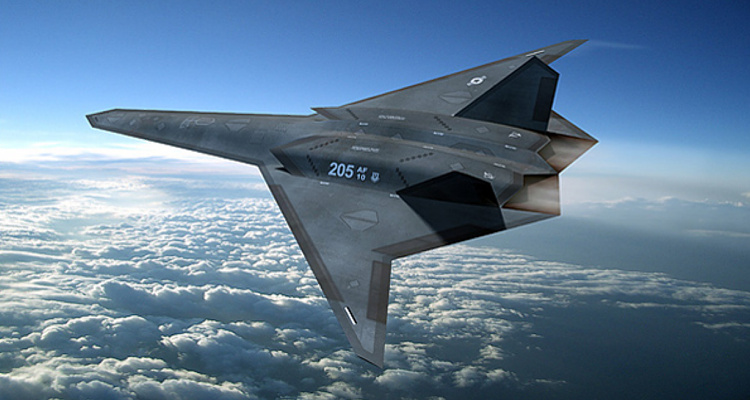
Facing an uncertain budget environment in the coming months, the U.S. Air Force will nevertheless continue developing a new long-range strike bomber (LRS-B) capable of delivering both conventional and nuclear weapons. “Long term, we’re committed to the long-range strike bomber. We’re going to try to keep programs like that on track,” Air Force Secretary Michael Donley said.
Donley briefly discussed the secret LRS-B program during a “state of the service” briefing at the Pentagon on January 11. He was accompanied by Gen. Mark Welsh III, recently appointed Air Force chief of staff upon the retirement of Gen. Norton Schwartz last fall. Donley said he would issue guidance to the major Air Force commands to prepare for threatened “sequestration” budget cuts that would reduce the service’s operations and maintenance spending by 20 percent unless Congress acts to stop sequestration by March 1. Secretary of Defense Leon Panetta has advised Air Force leaders to plan “reversible and recoverable” cuts for the balance of Fiscal Year 2013, which ends September 30.
Sequestration would affect every program, including the new bomber, Donley said. But the service intends to preserve its core missions. “We’re going to continue to do globalISR [intelligence, surveillance and reconnaissance]. We’re going to continue to do global precision attack,” he said. “You can see now what the Air Force will look like in 2020 in terms of new capabilities coming on board. The [KC-46A] tanker will be fielded. The F-35 will be fielded. We’ll be well along in the development of the bomber program. … But the underlying issue is size [and] overall capacity of the armed forces.”
The LRS-B was initiated in Fiscal Year 2012 as a successor program to the cancelled next-generation bomber effort. Major contractors interested in the program were instructed not to discuss their proposals in public. The LRS-B will be a “family of systems,” an optionally manned platform incorporating already proven subsystems, including engines, radars and avionics, according to the Air Force.
In its Fiscal Year 2013 budget submission, the service said the LRS-B average procurement unit cost is expected to be $550 million for 80 to 100 aircraft. Planned funding for the program from Fiscal Years 2013 through 2017 is $6.3 billion, with $300 million programmed in the current year.
The Fiscal Year 2013 defense authorization bill Congress passed last month directs the Air Force to ensure that the LRS-B is capable of carrying strategic nuclear weapons from the date on which it achieves initial operating capability.

